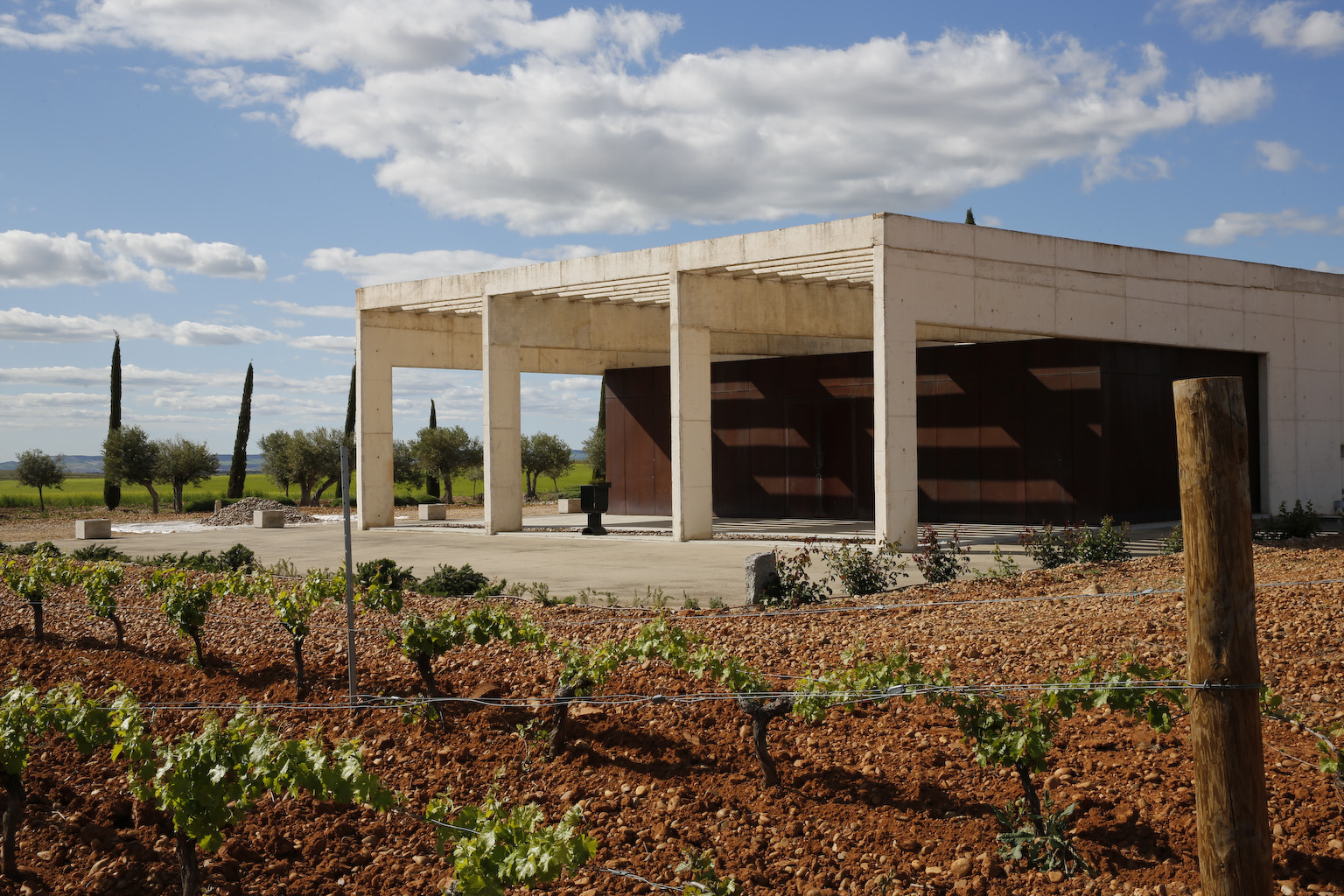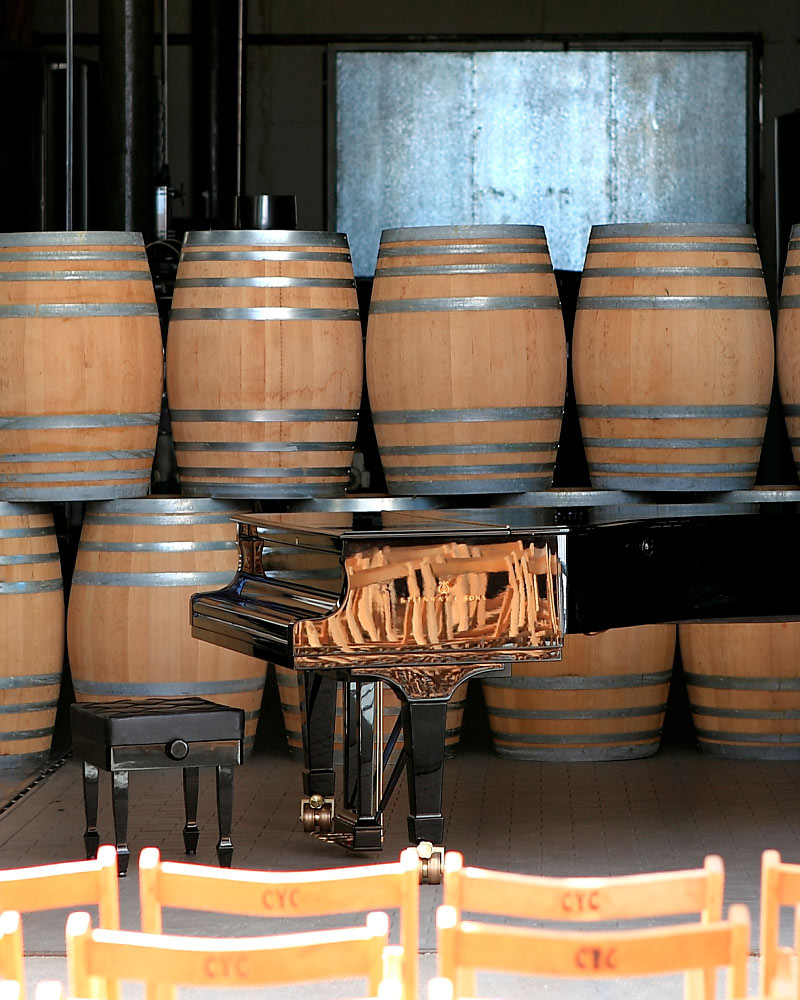Menú
Menú
Entra en el corazón de Belondrade y descubre la historia de nuestra bodega, viñedos, y nuestros vinos más emblemáticos.

La esencia de nuestro terroir: un assemblage que refleja la diversidad de nuestras 23 parcelas
Un vino concebido y criado por la Famille BELONDRADE para ser disfrutado en su plenitud
La FUNDACIÓN BELONDRADE nace con el fin de resaltar y promover todas las formas de “interpretación” existentes en el arte y de acercar este a la sociedad.




Envios a Península y Baleares, incluido a partir de 110€.

2 A 4 DÍAS LABORABLES.

Tienda protegida con protocolo SSL. Pagos mediante tarjeta.

Para cualquier duda o consulta llamanos al +34 983 481 001 o escribiendo a info@belondrade.com